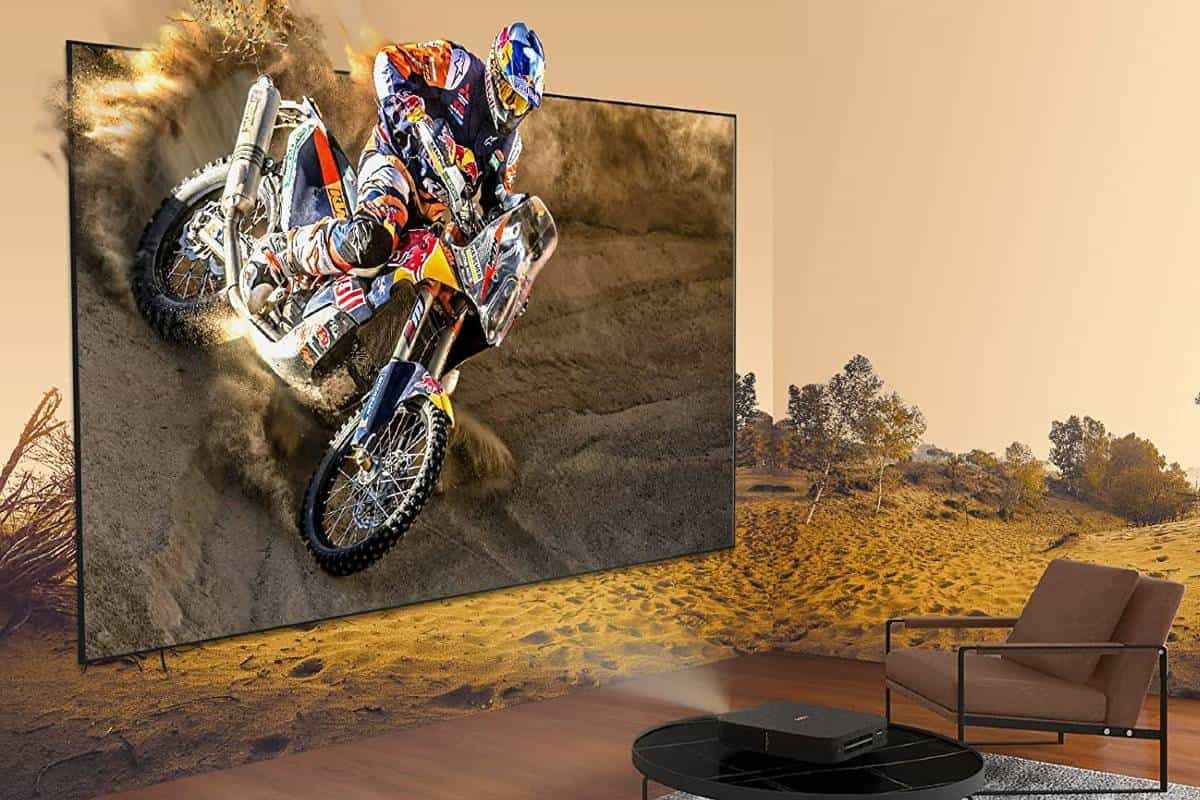Industrial and Industry 4.0 Compliance solutions
We provide expert compliance services tailored for industrial automation and Industry 4.0 applications, ensuring your smart factory technologies and connected systems meet global regulatory standards.
Our solutions help you achieve market readiness while embracing the latest advancements in industrial IoT.
- Wireless Communication Compliance: Assisting with approvals for protocols like LoRa, NB-IoT, Wi-Fi, and private 5G networks for industrial use.
- Cybersecurity for Industrial IoT: Ensuring compliance with standards like EN 18031 to safeguard your connected systems from cyber threats.
- EMC and Safety Testing: Verifying electromagnetic compatibility and compliance with safety standards for industrial machinery and automation equipment.
- Interoperability and Integration Testing: Validating seamless operation within smart factory ecosystems, including compatibility with edge devices and cloud platforms.
- Global Market Access: Providing guidance on international certifications, including ISED (Canada), USA (USA), CE, UKCA, RCM, (Australia/New Zealand), Japan, Taiwan, South Korea, and more markings and several Industry standards.
- Documentation and Technical Files: Preparing technical files, risk assessments, and declarations of conformity for regulatory submissions.
Our expertise ensures your industrial IoT devices and smart systems are compliant, secure, and ready to drive innovation in Industry 4.0.
How we helped our client with 4.0 Compliance solutions

Challenge
A leading projector manufacturer, developed advanced 8K projectors for outdoor use, weighing around 70 kg and equipped with integrated 4G radio modules. While compliance at first seemed straightforward, the device combined elements of an intentional radiator (RF transmitter) and a non-intentional radiator (digital electronics), triggering multiple overlapping standards. Although modular approvals (CE and FCC) were accepted in some regions, many countries required local testing on the complete device, not just the RF module. This created challenges: Complex approval requirements across multiple jurisdictions. High logistics and transport costs to move heavy projectors to test labs worldwide. Risk of duplicated testing and extended certification timelines. The manufacturer needed a solution that would minimize costs, reduce unnecessary testing, and streamline global compliance for such a large, high-tech device.
Outcome
IoT Consulting Partners worked with the manufacturer to: Map out country-specific requirements and identify where modular approvals were accepted versus where full device testing was mandatory. Develop a testing strategy that minimized redundant testing by leveraging existing certifications. Propose logistical solutions to reduce transport of the 70 kg projectors to multiple labs. Identify future pathways to further optimize testing and reduce compliance costs for subsequent product launches. This ongoing collaboration highlights how regulatory expertise, strategic planning, and industry networks can significantly cut down costs and timelines — while ensuring global compliance for even the most complex, large-scale electronic products.
Essential requirements under the RED (2014/53/EU) and the standards that ensure compliance:
Note: For conformity assessment under the RED (2014/53/EU) and related directives, the *latest versions of harmonized standards* as published in the Official Journal of the European Union (OJEU) shall always be applied.
Article 3.2 Radio; efficient use of the radio spectrum.
| Standard | Description | Technology / Devices |
|---|---|---|
| EN 300 220 | Short Range Devices (SRD) operating in the frequency range 25 MHz to 1 000 MHz | Short Range Devices (e.g. 434 MHz, 868 MHz) |
| EN 300 328 | Wideband transmission systems; Data transmission equipment operating in the 2,4 GHz band | Bluetooth, Bluetooth Low Energy, WLAN, Zigbee, Kleer etc. |
| EN 300 330 | Short Range Devices (SRD); Radio equipment in the frequency range 9 kHz to 25 MHz and inductive loop systems in the frequency range 9 kHz to 30 MHz | Short Range Devices (e.g. Immobilizer, NFC...) |
| EN 300 440 | Short Range Devices (SRD); Radio equipment to be used in the 1 GHz to 40 GHz frequency range | Short Range Devices, WLAN 5 GHz (Band 4) |
| EN 301 091 | Short Range Devices; Transport and Traffic Telematics (TTT); Radar equipment operating in the 76 GHz to 77 GHz range | 76/77 GHz Radar Devices |
| EN 301 511 | Global System for Mobile communications (GSM); Mobile Stations (MS) equipment | GSM Devices (e.g. Mobile Phones, Cellular) |
| EN 301 893 | 5 GHz RLAN | WLAN 5 GHz (Band 1-3) |
| EN 301 908-1 | IMT cellular networks | 3G / LTE Devices (e.g. Mobile Phones, Cellular) |
| EN 302 065 | Short Range Devices (SRD) using Ultra Wide Band technology (UWB) | UWB Devices (UWB location tracking / UWB devices for ground based vehicular applications) |
| EN 302 208 | Radio Frequency Identification Equipment operating in the band 865 MHz to 868 MHz with power levels up to 2 W and in the band 915 MHz to 921 MHz with power levels up to 4 W | RFID Devices |
| EN 302 264 | Short Range Radar equipment operating in the 77 GHz to 81 GHz band | Short Range Devices / Road Transport and Traffic Telematics (RTTT) / Short Range Radar equipment |
| EN 302 372 | Short Range Devices (SRD); Tank Level Probing Radar (TLPR) equipment operating in the frequency ranges 4,5 GHz to 7 GHz, 8,5 GHz to 10,6 GHz, 24,05 GHz to 27 GHz, 57 GHz to 64 GHz, 75 GHz to 85 GHz | Tank Level Probing Radar (TLPR) |
| EN 302 729 | Short Range Devices (SRD); Level Probing Radar (LPR) equipment operating in the frequency ranges 6 GHz to 8,5 GHz, 24,05 GHz to 26,5 GHz, 57 GHz to 64 GHz, 75 GHz to 85 GHz | Level Probing Radar (LPR) |
| EN 302 852 | Road Transport and Traffic Telematics (RTTT); Automotive radar equipment operating in the 24,05 GHz up to 24,25 GHz or 24,50 GHz frequency range | 24 GHz Automotive Radar Equipment |
| EN 302 858 | Short Range Devices; Transport and Traffic Telematics (TTT); Radar equipment operating in the 24,05 GHz to 24,25 GHz or 24,05 GHz to 24,50 GHz range | 24 GHz Radar Devices |
| EN 303 345 | Broadcast Sound Receivers | Broadcast Sound Receivers (AM/FM/DAB/DRM) |
| EN 303 406 | Short Range Devices (SRD); Social Alarms Equipment operating in the frequency range 25 MHz to 1 000 MHz | Short Range Devices (SRD); Social Alarms Systems |
| EN 303 413 | Satellite Earth Stations and Systems (SES); Global Navigation Satellite System (GNSS) receivers; Radio equipment operating in the 1 164 MHz to 1 300 MHz and 1 559 MHz to 1 610 MHz frequency bands | GNSS Receivers (GPS, BeiDou, GLONASS, SBAS) |
| EN 303 417 | Wireless power transmission using technologies other than radio frequency beam in the 19-21 kHz, 59-61 kHz, 79-90 kHz, 100-300 kHz, 6765-6795 kHz ranges | Wireless Chargers |
| EN 305 550 | Short Range Devices (SRD); Radio equipment to be used in the 40 GHz to 246 GHz frequency range | Ultra Wide Band (UWB) |
Article 3.1(b) EMC; Adequate level of electromagnetic compatibility.
| Standard | Description | Technology / Devices |
|---|---|---|
| EN 301 489-1 | Part 1: Common technical requirements | - |
| EN 301 489-2 | Part 2: Specific conditions for radio paging equipment | Paging Devices |
| EN 301 489-3 | Part 3: Specific conditions for Short-Range Devices (SRD) operating on frequencies between 9 kHz and 246 GHz | Short Range Devices |
| EN 301 489-17 | Part 17: Specific conditions for Broadband Data Transmission Systems | Bluetooth, Bluetooth Low Energy, WLAN, Zigbee, Kleer etc. |
| EN 301 489-19 | Part 19: Specific conditions for Receive Only Mobile Earth Stations (ROMES) operating in the 1,5 GHz band providing data communications and GNSS receivers operating in the RNS | GNSS Receivers (GPS, BeiDou, GLONASS, SBAS) |
| EN 301 489-33 | Part 33: Specific conditions for Ultra-WideBand (UWB) devices | Ultra Wide Band (UWB) |
| EN 301 489-51 | Part 51: Specific conditions for Automotive, Ground based Vehicles and Surveillance Radar Devices using 24,05 GHz to 24,25 GHz, 24,05 GHz to 24,5 GHz, 76 GHz to 77 GHz and 77 GHz to 81 GHz | Radar Devices |
| EN 301 489-52 | Part 52: Specific conditions for Cellular Communication User Equipment (UE) radio and ancillary equipment | Cellular Devices (GSM/UMTS/LTE) |
| EN 55032 | Electromagnetic compatibility of multimedia equipment – Emission requirements | Multimedia Equipment, Broadcast Receivers |
| EN 55035 | Electromagnetic compatibility of multimedia equipment — Immunity Requirements | Multimedia Equipment, Broadcast Receivers |
Article 3.1(a) Health and Safety; Health and safety of persons and of domestic animals / safety requirements.
| Standard | Description | Technology / Devices |
|---|---|---|
| EN 62368-1 | Audio/video, information and communication technology equipment Part 1: Safety requirements | All Radio Devices |
| EN 62311 | Assessment of electronic and electrical equipment related to human exposure restrictions for electromagnetic fields (0 Hz to 300 GHz) | All Radio Devices with an output power above the low-power exclusion limit |
| EN 62479 | Assessment of the compliance of low power electronic and electrical equipment with the basic restrictions related to human exposure to electromagnetic fields (10 MHz to 300 GHz) | Radio Devices with an output power below 20 mW (low-power exclusion) |
